Urbanization Trends
Rapid urbanization is reshaping cities and driving the demand for construction and renovation projects, which in turn fuels the Jackhammer Market. As populations migrate to urban areas, the need for housing, commercial spaces, and infrastructure upgrades intensifies. This trend is evident in various regions, where urban centers are expanding, leading to increased construction activities. The Jackhammer Market is likely to see a surge in demand as contractors require efficient tools to handle the challenges of urban construction. Furthermore, urbanization often necessitates the demolition of older structures, further propelling the need for jackhammers in both residential and commercial projects.
Technological Integration
The integration of advanced technologies into construction equipment is transforming the Jackhammer Market. Innovations such as smart sensors, automation, and connectivity are enhancing the functionality and efficiency of jackhammers. These technologies allow for real-time monitoring of performance and maintenance needs, which can lead to reduced downtime and increased productivity on job sites. As construction companies seek to optimize their operations, the demand for technologically advanced jackhammers is likely to rise. This trend indicates a shift towards more sophisticated equipment in the Jackhammer Market, catering to the needs of modern construction practices.
Infrastructure Development
The ongoing expansion of infrastructure projects worldwide appears to be a primary driver for the Jackhammer Market. Governments and private sectors are investing heavily in roads, bridges, and buildings, which necessitates the use of jackhammers for efficient demolition and construction. According to recent data, the construction sector is projected to grow at a compound annual growth rate of approximately 5.5% over the next five years. This growth is likely to increase the demand for jackhammers, as they are essential tools in breaking concrete and other hard materials. The Jackhammer Market is thus positioned to benefit from this trend, as more projects require robust and reliable equipment to meet construction deadlines.
Rising Demand for Rental Equipment
The trend towards renting construction equipment rather than purchasing it outright is gaining traction within the Jackhammer Market. Many contractors and construction firms are opting for rental solutions to reduce capital expenditures and increase flexibility. This shift is particularly pronounced among small to medium-sized enterprises that may not have the financial resources to invest in expensive equipment. The rental market for jackhammers is expected to expand as more companies recognize the benefits of accessing high-quality tools without the burden of ownership. This trend could significantly impact the dynamics of the Jackhammer Market, as rental services become a preferred option for many construction projects.
Regulatory Standards and Compliance
The Jackhammer Market is influenced by evolving regulatory standards that emphasize safety and environmental compliance. Governments are increasingly implementing stringent regulations regarding noise levels and emissions from construction equipment. As a result, manufacturers are compelled to innovate and produce jackhammers that meet these standards. The introduction of electric and low-emission models is a direct response to these regulations, which could potentially reshape the market landscape. Companies that adapt to these changes may gain a competitive edge, as compliance becomes a critical factor in procurement decisions within the Jackhammer Market.


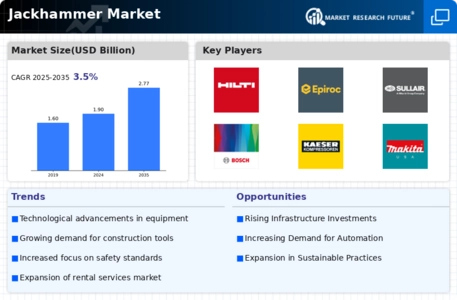
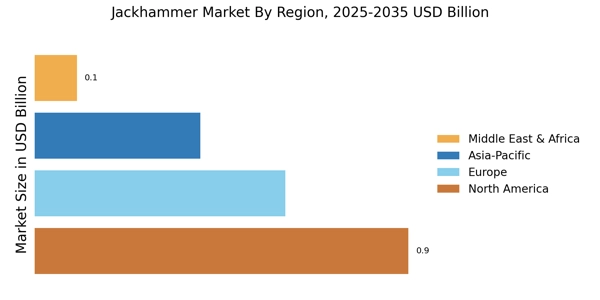

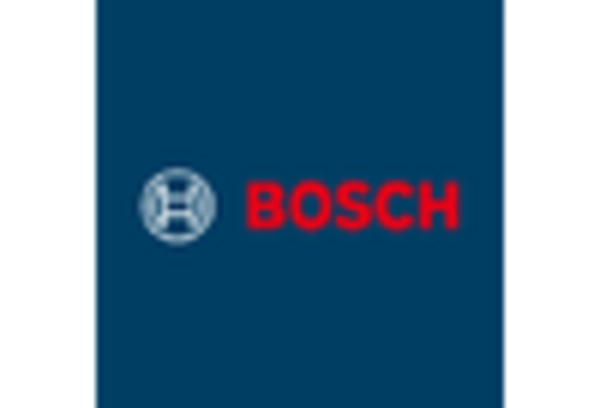
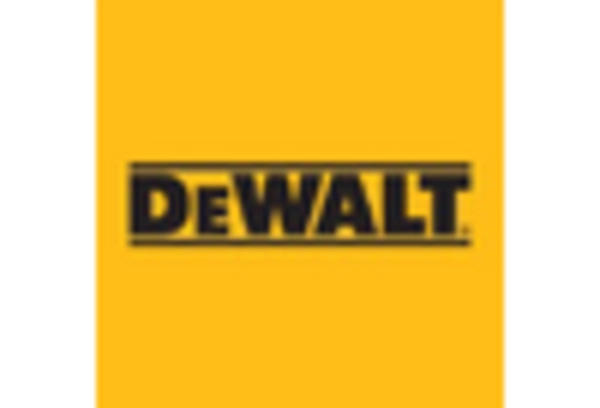
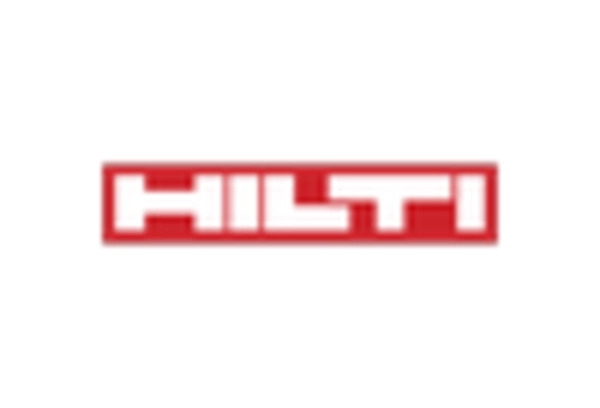
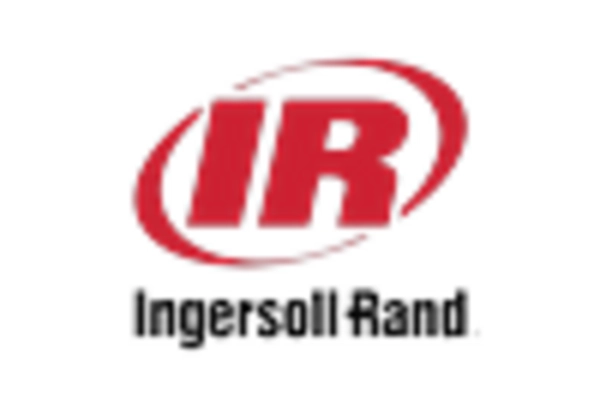
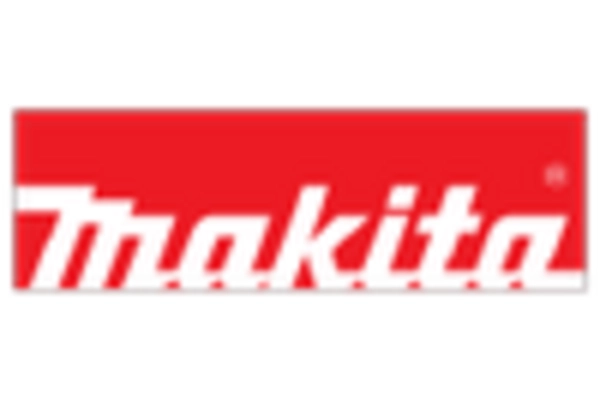








Leave a Comment